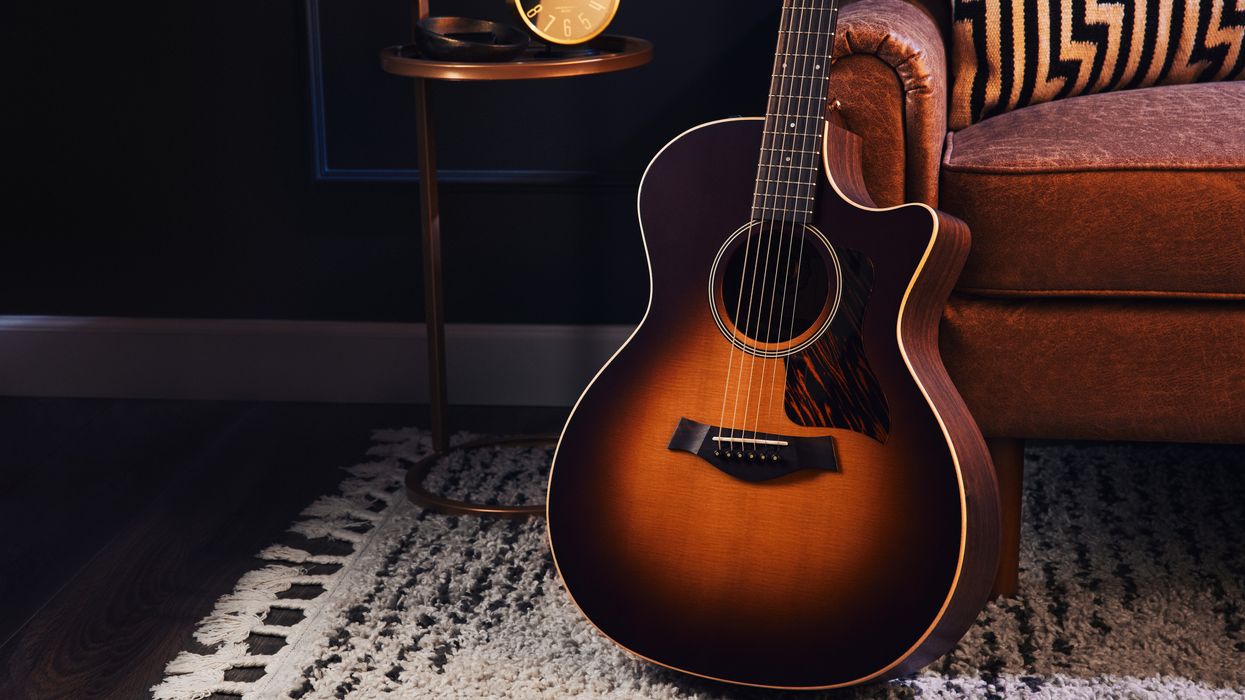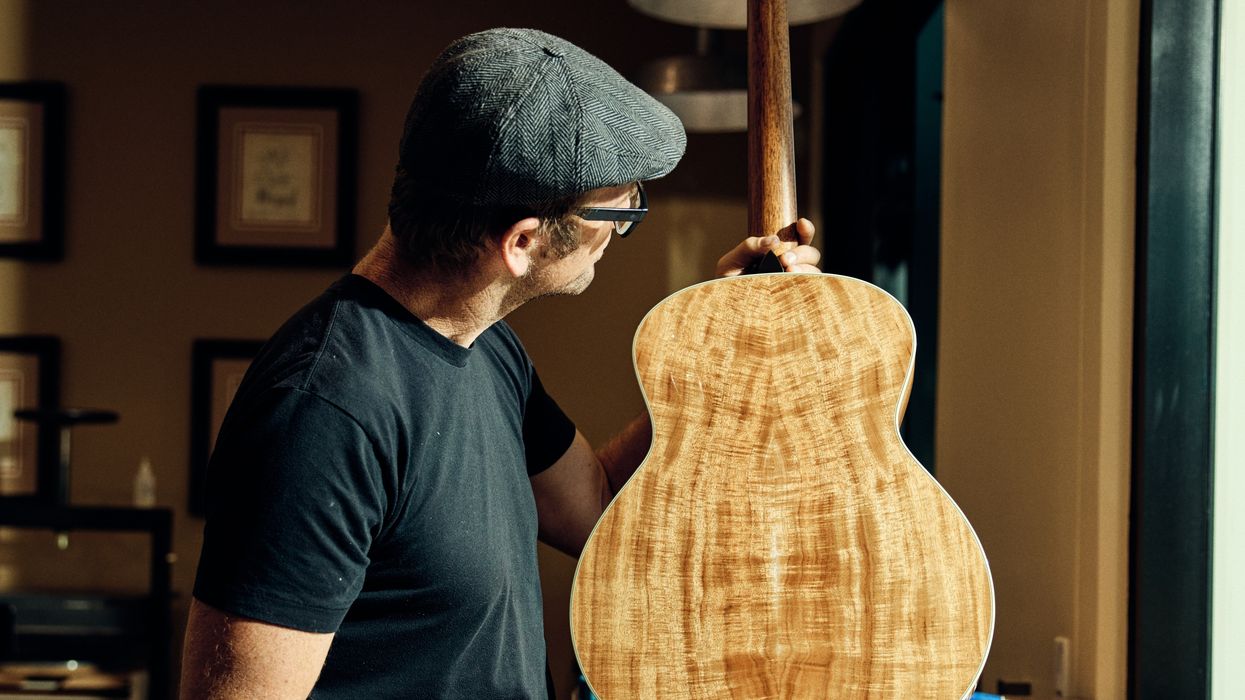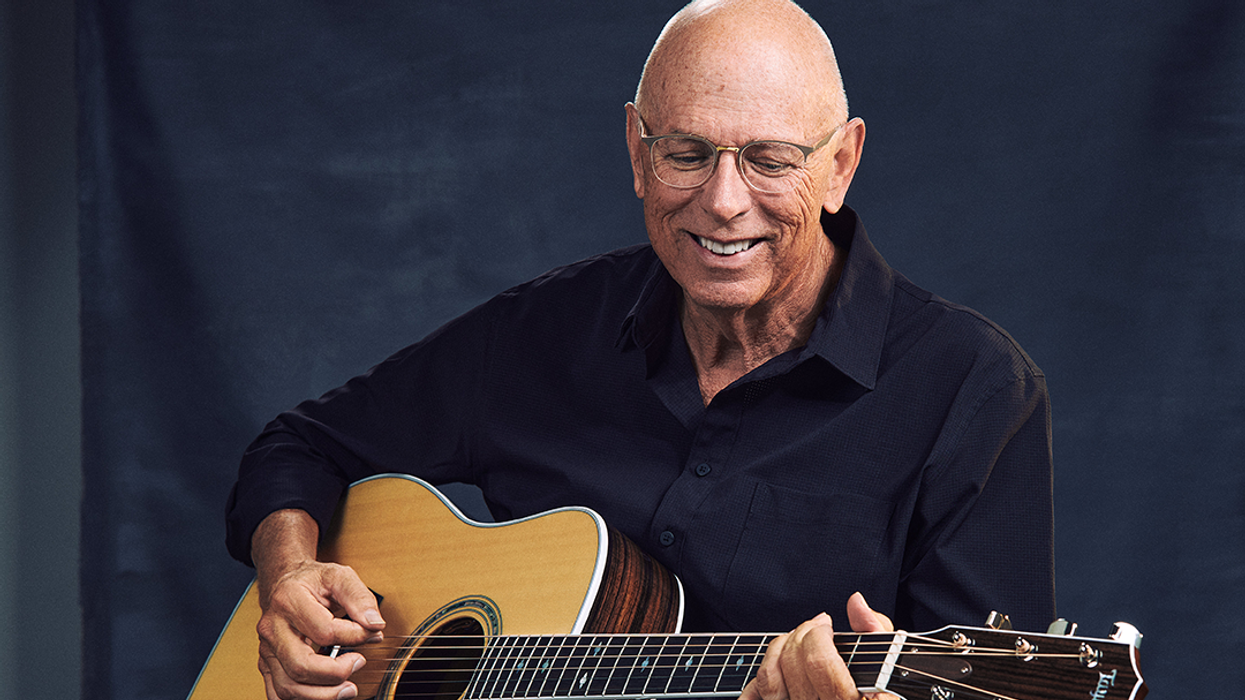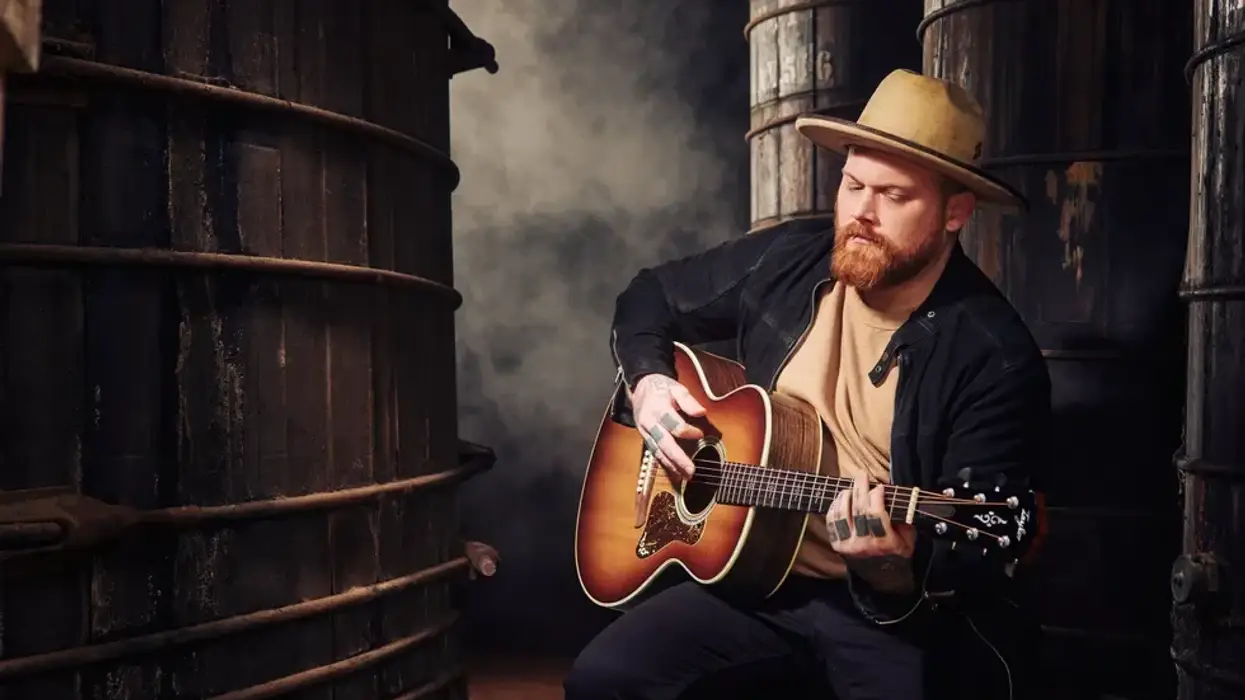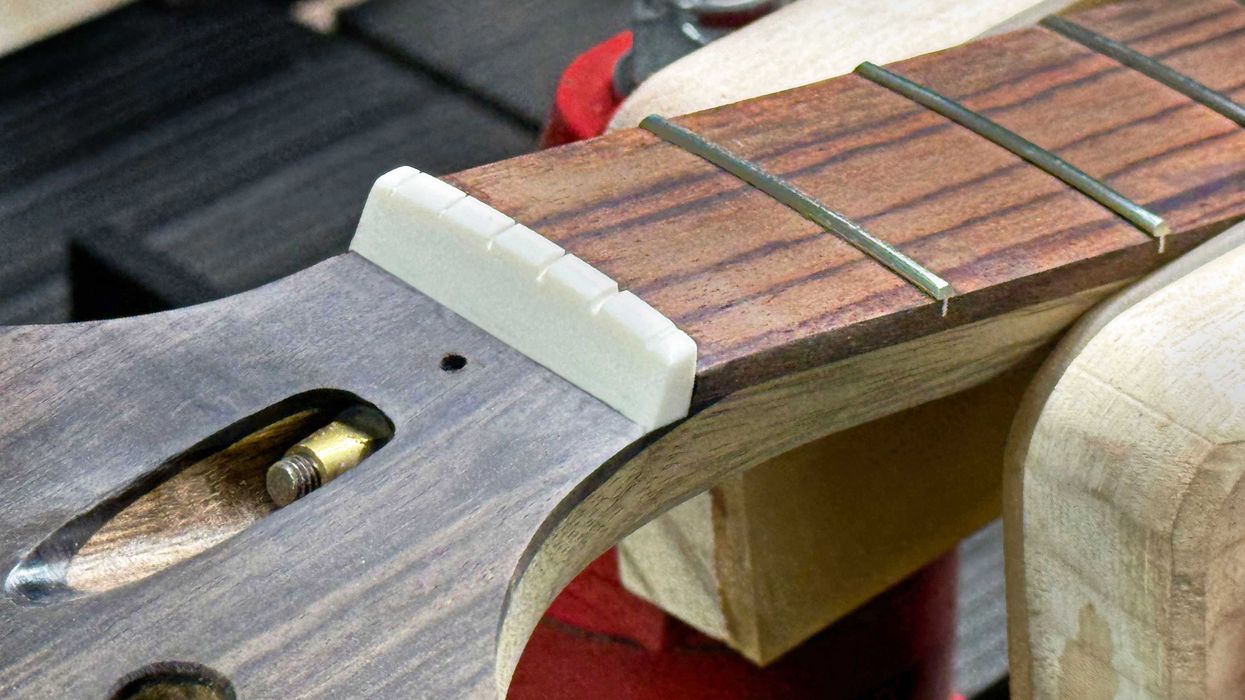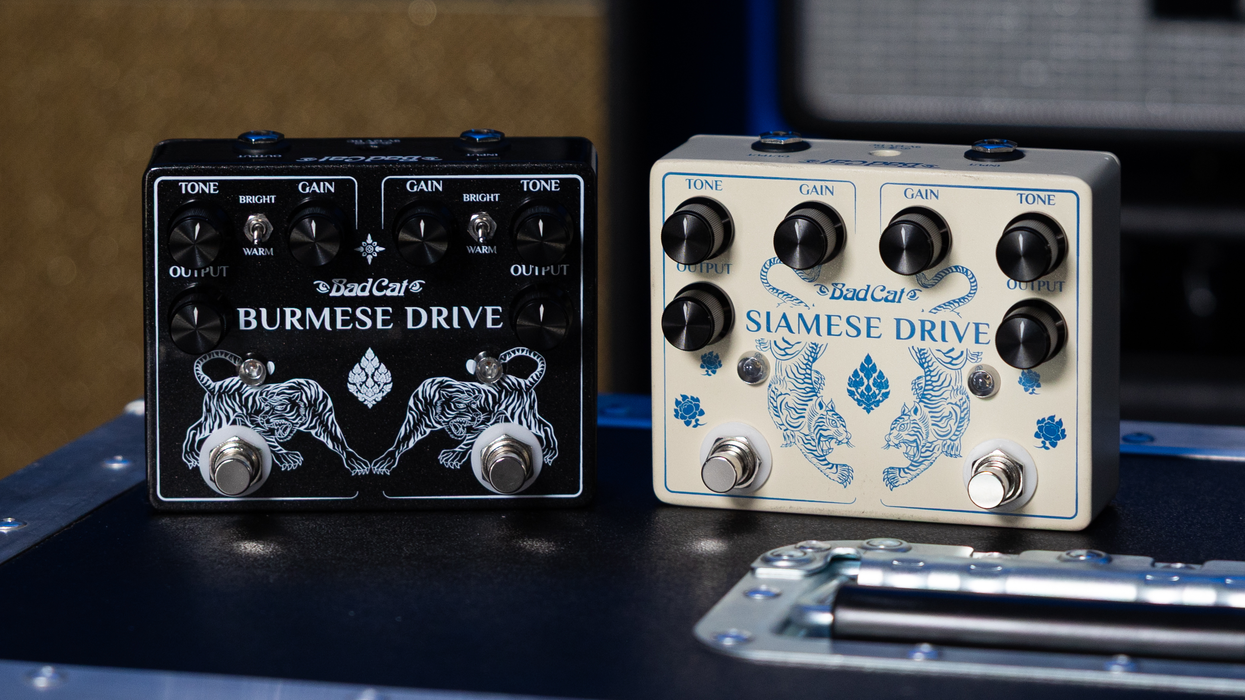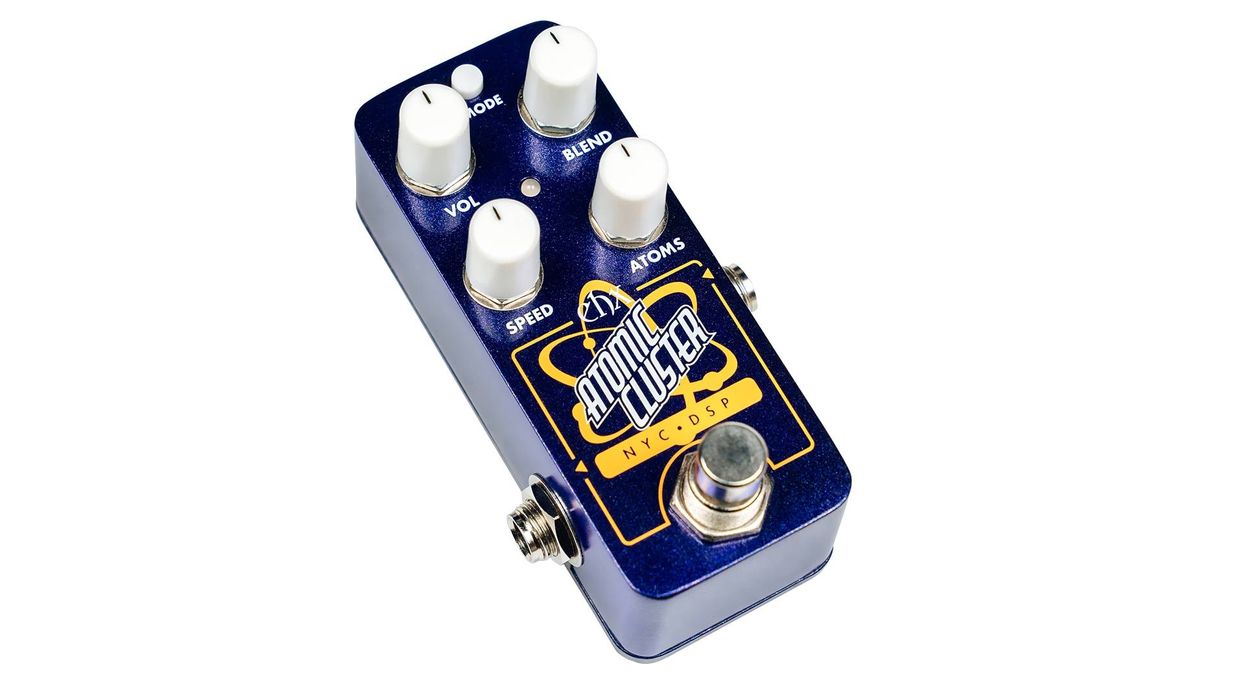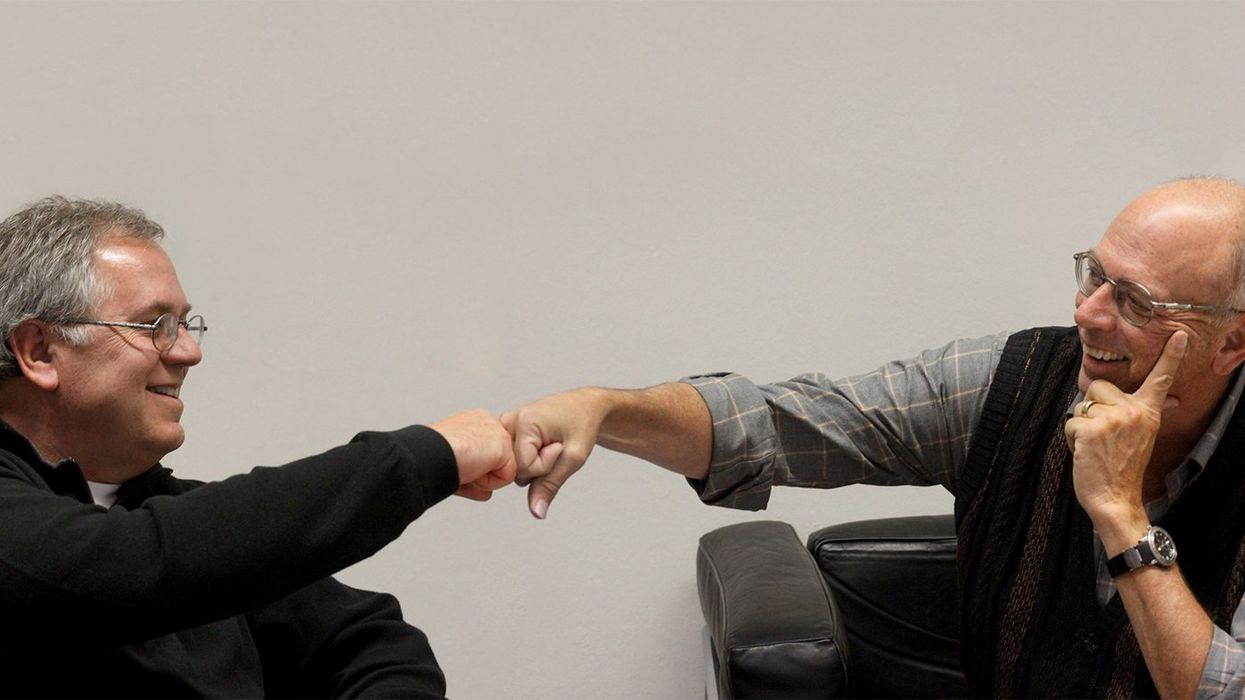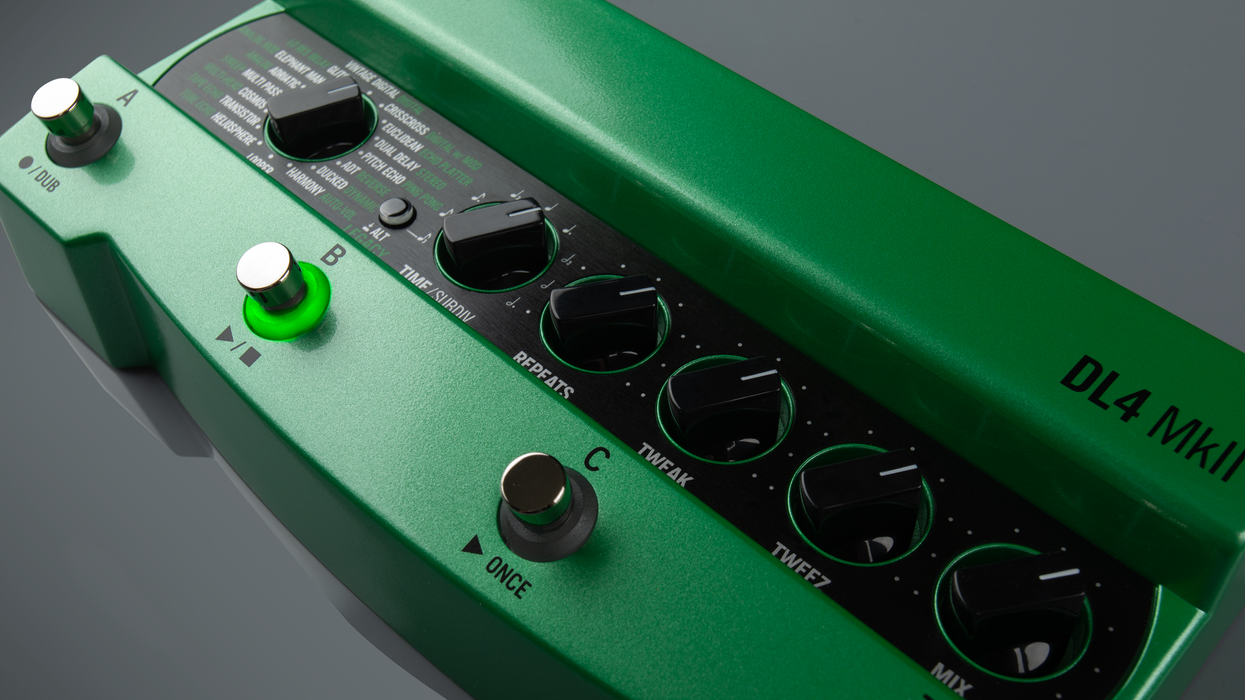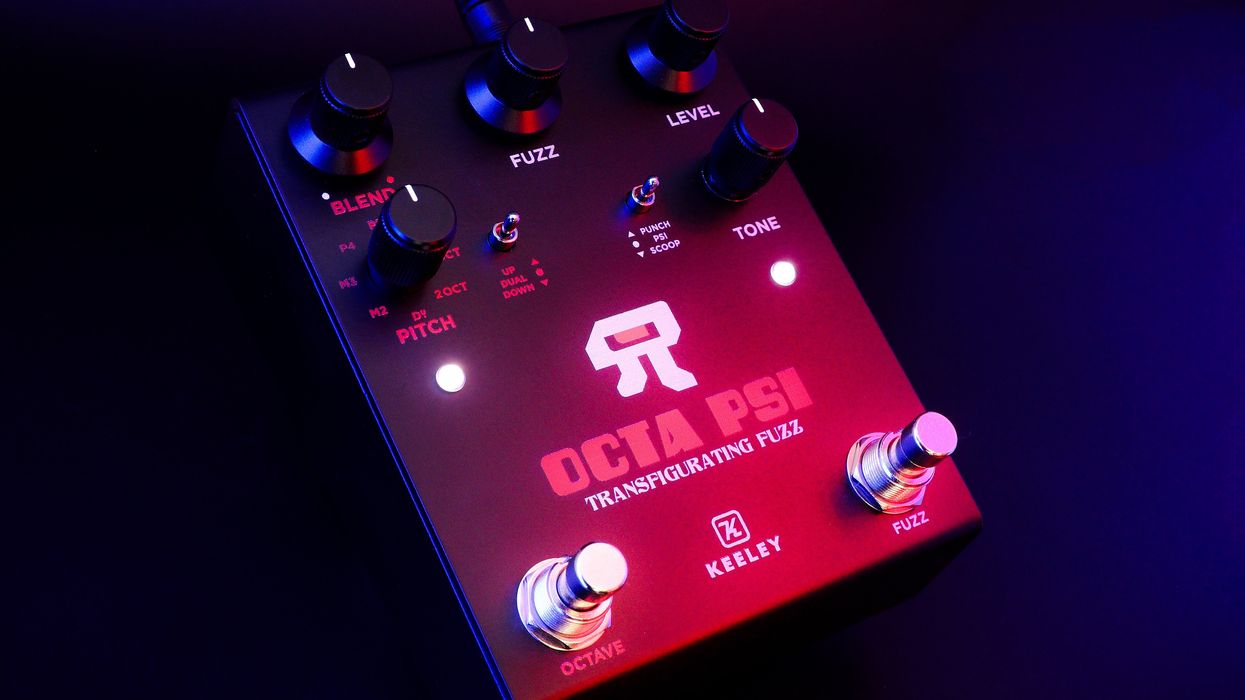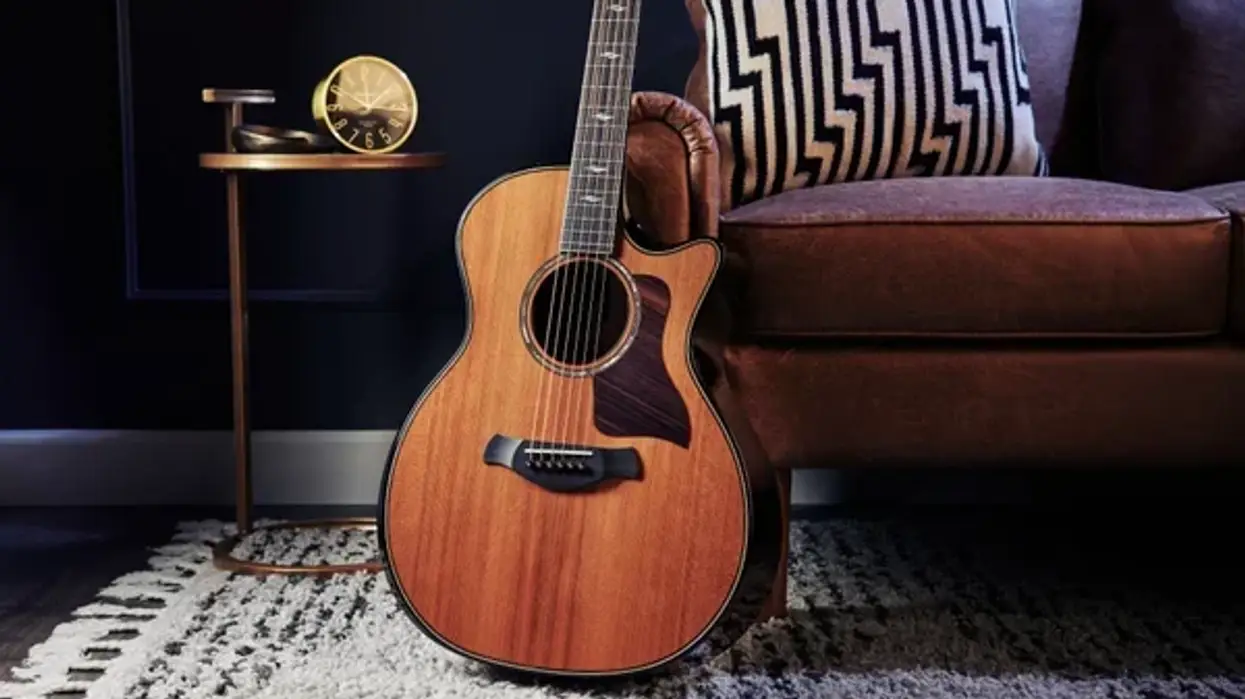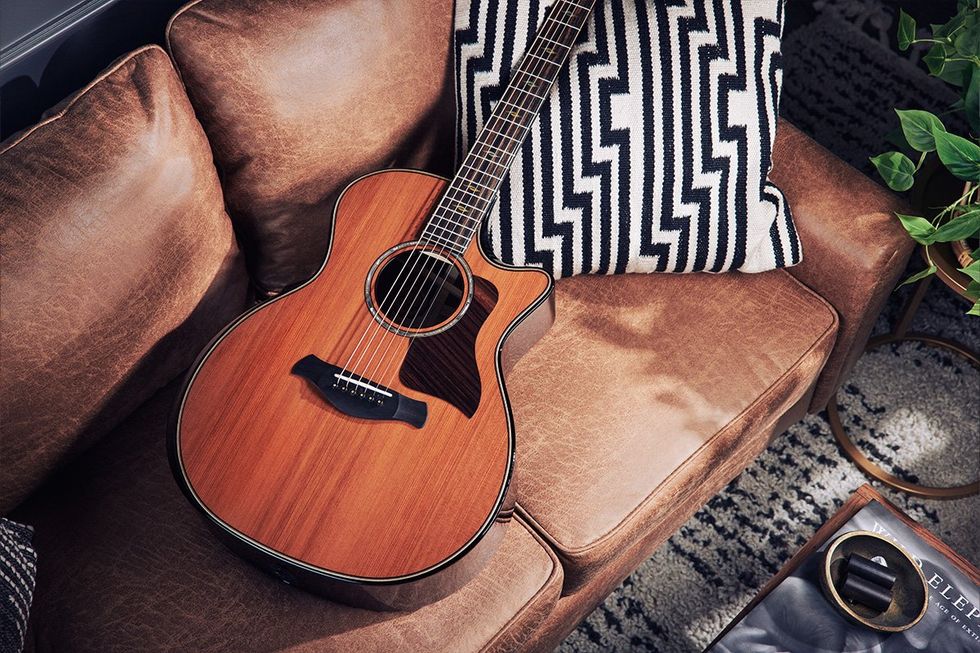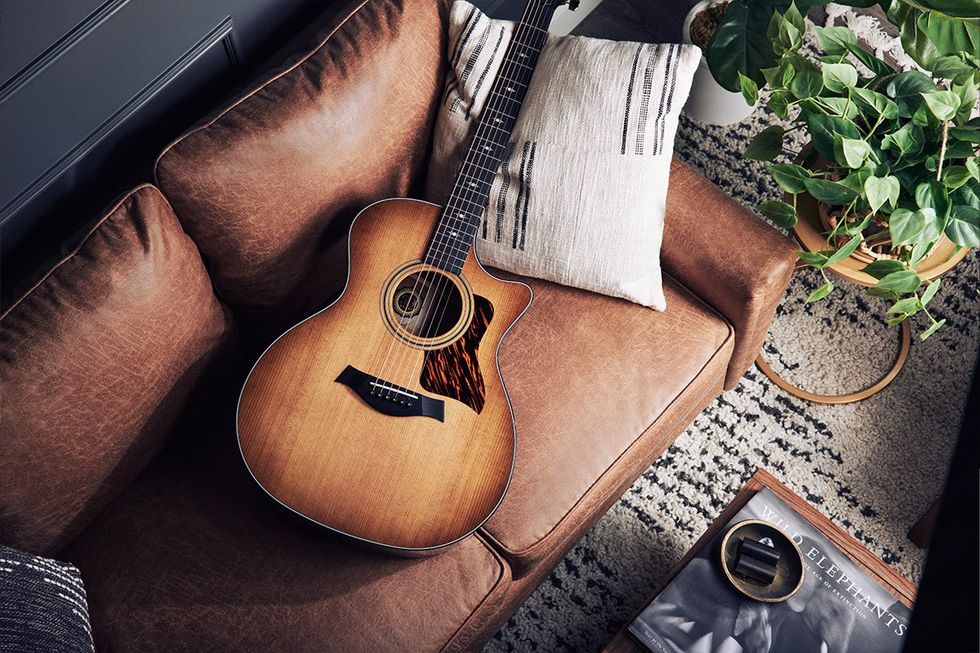The quality guitar builder celebrates 50 years of innovation with a compelling new collection of anniversary models.
Throughout 2024, Taylor Guitars is celebrating its 50th anniversary. For the El Cajon, California-based company, it’s not merely the marking of a milestone birthday, but an extended tribute to the spirit of player-friendly innovation that has always pushed the company forward. Read on for a brief history of this innovative acoustic guitar builder.
American Dreamers
In 1974, Bob Taylor and Kurt Listug, two ambitious, guitar-obsessed dreamers from San Diego who’d met at a guitar-making shop called the American Dream, embarked on a journey that would reshape the landscape of acoustic guitars. The path wasn’t always easy, and Bob and Kurt knew they had a lot to learn. “Things were hard for a really long time,” Kurt says. “We had to learn everything. How to build guitars. How to sell guitars. How to build a business.”
Relentless Innovation
Despite the steep learning curve, even in the early days innovation was part of the DNA of the company. In 1976, Bob Taylor introduced an early version of Taylor’s soon-to-be-embraced slim-profile, bolt-on guitar neck. This design marked a departure from the big, round, chunky neck profiles found on most acoustics of the day. It also made it easier to perform neck resets.
Musicians were impressed by the slender neck profile and low action, which made Taylor’s guitars remarkably easy to play. Neil Young played a Taylor rosewood/spruce 12-string Jumbo 855 in 1978, a purple 12-string Jumbo was crafted for Prince in 1985, and, shortly after, signature models were made for acclaimed acoustic players Dan Crary and Leo Kottke.
Taylor became the first acoustic guitar company to adopt computer-numerical-controlled mills. In 1990, they introduced CNC machines to their factory, which offer exacting precision in cutting, pocketing and shaping complex guitar components.
The Birth of the Grand Auditorium
In 1994, Taylor’s Grand Auditorium made its debut, sporting refined dimensions that sat between a dreadnought and Taylor’s small-bodied Grand Concert. This new body shape offered a versatile acoustic voice with remarkable balance across the tonal spectrum, and clear, well-defined notes suited for strumming, picking, and playing fingerstyle. This medium-sized body style redefined the acoustic guitar to better fit the needs of the modern player. Its sweeping utility made it a go-to choice for session musicians and gigging players alike, ultimately becoming Taylor's best-selling body shape.
As part of their 50th anniversary celebration, Taylor is releasing a collection of limited-edition guitars celebrating the best from the Taylor line over the past five decades. And it’s only natural that the all-purpose Grand Auditorium takes center stage in this commemorative collection. A number of models have already been released and are available now at authorized Taylor dealers, including the 50th Anniversary Builder’s Edition 814ce LTD, 314ce LTD and AD14ce-SB LTD.
Builder's Edition 814ce LTD

The 50th Anniversary Builder’s Edition 814ce LTD is an ultra-refined version of the player-favorite Builder’s Edition 814ce (released in 2023) that retains comfort-enhancing elements from the original: a beveled armrest, beveled cutaway, chamfered edges and a Curve Wing bridge. A solid sinker redwood top and solid Indian rosewood body offer a harmonious blend of rich lows, sparkling highs, bold projection and remarkable dynamic range. It features an abalone rosette, mother-of-pearl inlays, maple binding, maple purfling around the fretboard and peghead, and ultra-precise Gotoh 510 tuners, and streets for $4,999.
Zac Brown & Marcus King | Taylor 50th Anniversary Next Generation
314ce LTD

One of the best-selling U.S.-made acoustic guitars, Taylor’s 314ce gets a premium upgrade with the 50th Anniversary 314ce LTD. Taylor’s special roasting process has been applied to the solid Sitka spruce top, offering aged-in depth and sweetness from day one, along with enhanced soundboard stability and responsiveness. Paired with solid sapele back and sides, you can expect a rich and versatile sonic profile with the signature warmth, clarity, and balance that’s characteristic of Taylor guitars. Eye-catching aesthetic touches include an artfully sprayed tobacco shaded edgeburst and a bold firestripe faux-tortoise pickguard. The street price is $2,799.
Jason Mraz & Daniel Tovar | Taylor Guitars 50th Anniversary Next Generation
AD14ce-SB LTD

Some of Taylor’s earliest guitars featured a Sitka spruce top and a walnut body, many of which were built in the hippie-vibed music shop where Bob and Kurt met and from which the American Dream Series takes its name. The 50th Anniversary AD14ce-SB LTD, only the second Grand Auditorium in the series, combines workhorse versatility with earthy, neo-vintage aesthetics. With walnut contributing to a pronounced midrange and a balanced blend of warm lows and clear highs, this guitar is ideal for everything from intricate fingerpicking to vibrant strumming, and is street-priced at $1,999.
All three Grand Auditoriums are voiced with V-Class bracing, a groundbreaking sonic “engine” developed by Andy Powers, Taylor’s chief guitar designer (and president and CEO). Joining the team in 2011, Andy is committed to ensuring that Taylor’ guitar-making innovation continues to be a central focus in the decades ahead.
Each guitar in the collection shares celebratory appointments, including a commemorative 50th Anniversary label inside, ebony bridge pins with gold acrylic dots, and gold tuning machines and buttons.
You can explore Taylor’s full 50th Anniversary Collection of guitars here. All models are available exclusively at authorized dealers.
Plus, check out Taylor’s 50th Anniversary Timeline to learn more about the history of innovation and some of the amazing artists who have played their guitars over the past five decades.
